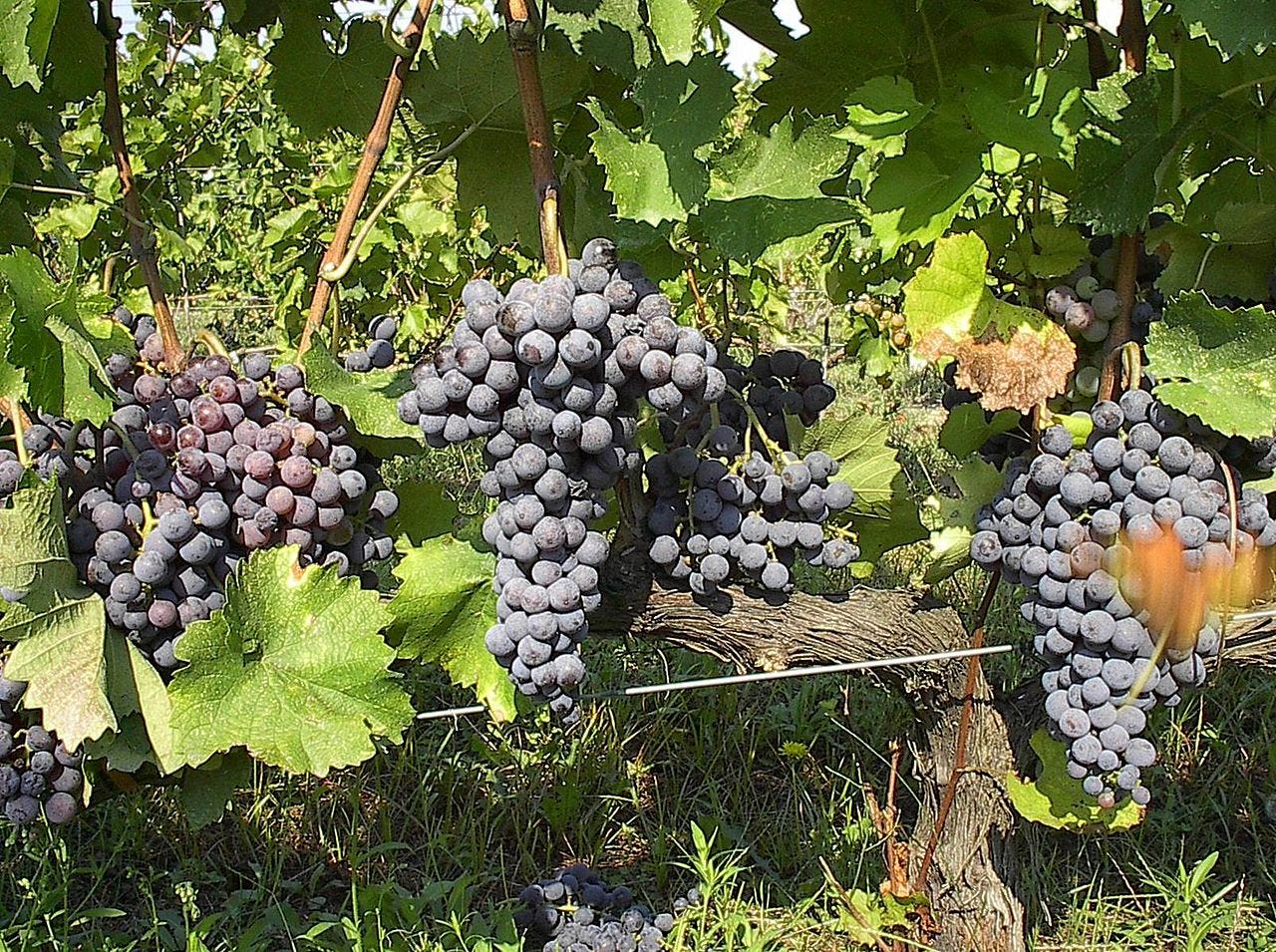Xinomavro (pronounced ksee-NO-ma-vro), is arguably Greece’s most iconic red grape variety. As such, it holds a special place in the country’s viticultural heritage. Translating to “acid-black,” the name reflects the grape’s defining features: high acidity and deeply pigmented skins that yield powerful, age-worthy wines.
Origins and History
Xinomavro originates from northern Greece, particularly from the region of Macedonia. Its historical roots are deeply tied to Naoussa, a wine region recognized for producing Greece’s first PDO (Protected Designation of Origin) red wine in 1971. Though indigenous to Greece, Xinomavro is often likened to Nebbiolo due to its tannic structure, aging potential, and flavor complexity.
For centuries, this grape has been cultivated in small vineyards scattered across hillsides, thriving in continental climates with cold winters and hot summers. Over time, it became the defining red variety of several key northern Greek appellations.
Geographical Reach
The primary strongholds of Xinomavro are in northern Greece, notably in four PDO zones:
-
Naoussa (Macedonia) – The flagship region, producing 100% Xinomavro wines with long aging potential.
-
Amyndeon (Florina) – At higher elevations with cooler climates, Xinomavro here yields more elegant, aromatic styles and is also used in sparkling and rosé wines.
-
Goumenissa – Typically blended with Negoska, creating softer and fruitier wines.
-
Rapsani (Mount Olympus) – Blended with Krassato and Stavroto, producing complex, medium-bodied wines.
Outside Greece, Xinomavro remains rare but is gaining interest among experimental producers in Italy, the U.S., and Australia, reflecting a growing international curiosity for native Mediterranean grapes.
Wines Produced
Xinomavro is versatile but demanding. The most iconic style is a robust, structured red wine, often made in a traditional, oxidative style with extended maceration and long oak aging. These wines can be austere in youth but develop immense complexity over decades. Aromas of dried tomato, olive, sun-dried fruit, black cherry, and spice are characteristic.
In Amyndeon, Xinomavro is also used in:
-
Rosé wines – Crisp, floral, and lively with red fruit notes.
-
Sparkling wines – A unique expression showcasing its acidity and aromatics.
Modern winemakers have begun experimenting with less extraction and gentler oak aging to produce fresher, more approachable expressions, often labeled as single-vineyard or small-batch bottlings.
Grape and Wine Characteristics
Xinomavro is notoriously sensitive to site, weather, and vineyard management. To dedicated vintners, it is known for its:
-
High acidity
-
Firm, grippy tannins
-
Complex bouquet
-
Long aging potential – premium examples can cellar for 10–20+ years
Image Credit: https://en.wikipedia.org/wiki/Xinomavro#/media/File:Popolka-Xinomavro.jpg
_ _ _
© CHURRASCO PHUKET STEAKHOUSE / ALL RIGHTS RESERVED
Reprinting, reposting & sharing allowed, in exchange for a backlink and credits
Churrasco Phuket Steakhouse serves affordable Wagyu and Black Angus steaks and burgers. We are open daily from 12noon to 11pm at Jungceylon Shopping Center in Patong / Phuket.
We are family-friendly and offer free parking and Wi-Fi for guests. See our menus, reserve your table, find our location, and check all guest reviews here:
https://ChurrascoPhuket.com/
#Churrascophuket #jungceylon #phuketsteakhouse #affordablewagyu #wagyu


I think this is among the most important information for me. And i am glad reading your article. But wanna remark on few general things, The site style is ideal, the articles is really excellent : D. Good job, cheers
I couldn’t resist commenting
You actually make it seem so easy along with your presentation however I in finding this topic to be actually one thing which I feel I would never understand. It seems too complex and very wide for me. I am looking ahead to your next submit, I¦ll attempt to get the cling of it!
I will immediately grasp your rss as I can’t in finding your email subscription hyperlink or e-newsletter service. Do you have any? Kindly permit me recognize in order that I may subscribe. Thanks.
Good info. Lucky me I reach on your website by accident, I bookmarked it.
It’s actually a cool and useful piece of information. I’m glad that you simply shared this helpful info with us. Please stay us up to date like this. Thank you for sharing.